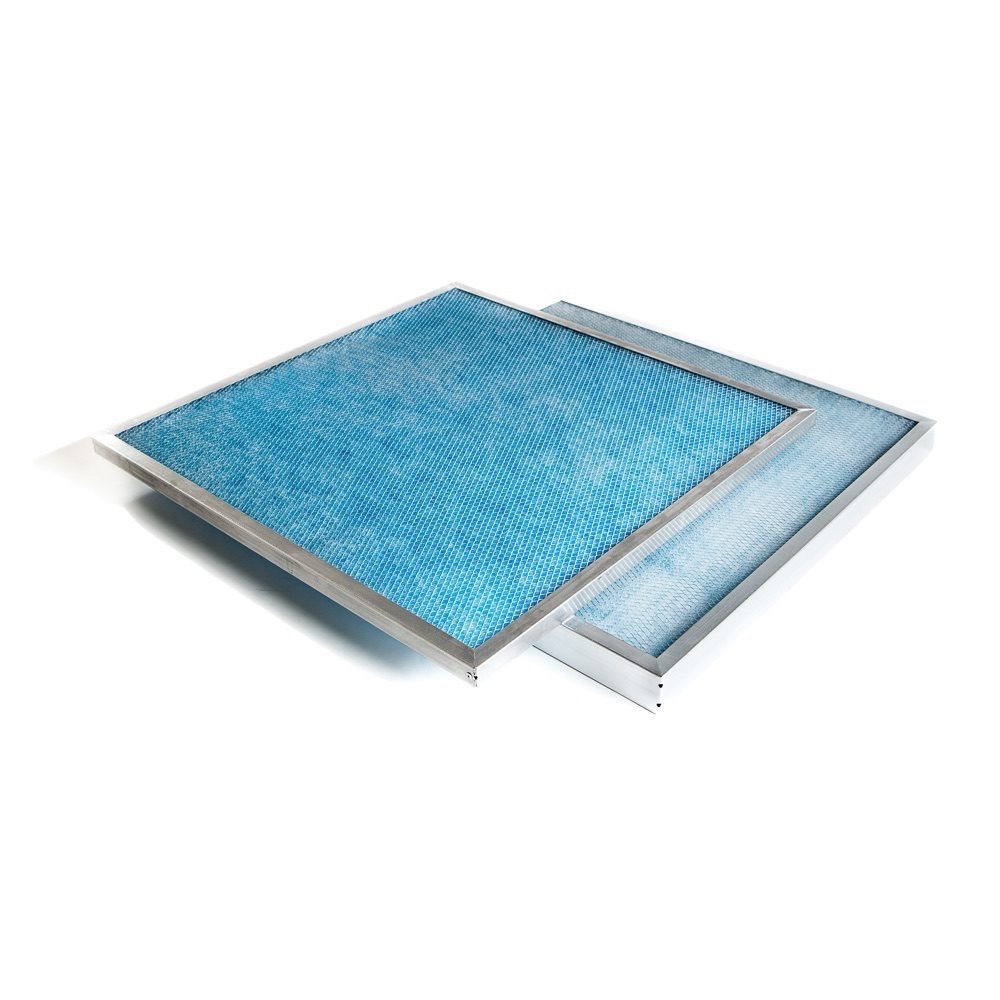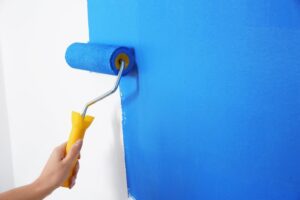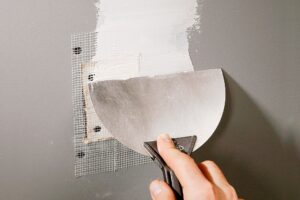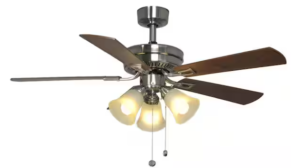Choosing the right HVAC filter will help improve your comfort, your families health and improve indoor air quality. The right filter will also improve the efficiency and longevity of your HVAC system. Before describing the different types of air conditioner (HVAC) filters, we should look up a couple of terms for air filter ratings to see what they mean and why they are important. Reason you need to know both is because which rating system (MERV or FPR) you use depends on where you shop, as well as which filter you need.
What is MERV?
MERV stands for Minimum Efficiency Reporting Value, developed by the American Society of Heating, Refrigerating, and Air Conditioning Engineers (ASHRAE). It is one of the most common ways that is used to measure a filter’s efficiency (how much stuff gets filtered). MERV uses micrometers (microns) as the standard unit for measuring particle matter (the stuff that’s floating in the air and yes that you are breathing in!). This rating system uses a tiered system with each numbered tier representing a filter’s efficiency in capturing particles of different sizes (measured in microns). The smaller particles that an air filter can capture, the higher the number. MERV scale range is from 1 to 20. For residential, a good MERV rating for air filters is between 8 and 13. Anything higher than a 13 is usually too high for residential HVAC systems. MERV ratings that high are found in commercial HVAC systems (like a hospital).
What is FPR?
FPR stands for Filter Performance Rating, developed by Home Depot. You will specifically see this rating on Home Depot branded products (i.e. HDX) as well as other branded air filters that Home Depot sells. A lot of the filters sold by Home Depot carry both MERV and FPR ratings. FPR scale ranges from 1 to 10. The higher the number, the better filtration. As an average rule:
- FPR 4 to 5: Good
- FPR 6 to 7: Better
- FPR 8 to 9: Best
- FPR 10: Premium

Now one would think that the highest number is the best and that’s the one you should buy. However, in my opinion, this is NOT so and here is why:
- The higher the rating(s) means the higher the filtration. This also means your AC has to work harder to pull that air through the filter. If you get too high of a rated filter, you could potentially shorten the lifespan of your HVAC (a/c, furnace) system.
- Your HVAC system may not be strong enough to pull the proper amount of air through the filter causing a reduction in air flow (CFM). When the weather is extreme, you will definitely notice!
- The higher the rating, the more expensive. The more expensive the less most people tend to change their filter, because of cost. Not changing the filter on a regular basis will damage your HVAC.
- Increased filtration means you will have to change the filter more often. At least this is my experience. The higher the rating, the faster it fills up. Think about it, you’re catching more stuff that’s floating in the air.
Fiberglass Filters
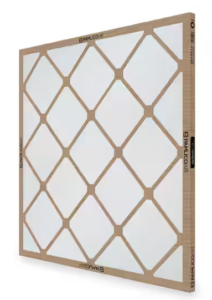
Description: Basic, inexpensive filters made of layered fiberglass. These are also known as “Spun Glass” filters. Strands of fiberglass are spun together to create the filter. These are one of the most common types of HVAC filters, due to their price. They are cheap enough to replace every month. I use these in the fall.
- MERV Rating: 1 – 2
- Pros: Affordable and widely available. Cheap enough to change every 30 days.
- Cons: Low efficiency, only captures larger particles of allergens and dust. Not recommended for people with respiratory problems, as these filters don’t do very well at improving air quality.
- Cost: $
Pleated Filters
Description: Made of polyester or cotton, these filters have a pleated design (folds) which increases the filter’s surface area, which means they catch more debris. The more pleats a filter it has, the more surface area. I usually prefer these.
- MERV Rating: 5 to 13
- Pros: More efficient than fiberglass, capturing smaller particles as well as larger surface area. Larger surface area allows the filter to last longer, requiring fewer replacements. They are also good at suppressing noise from the HVAC fan.
- Cons: More expensive than fiberglass, increasing replacement costs. Requires your HVAC to system to work harder.
- Cost: $$ – $$$$
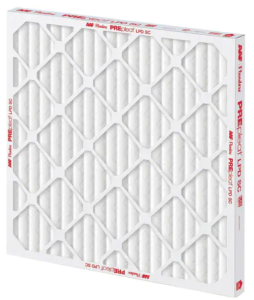
HEPA Air Filters
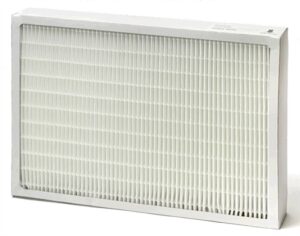
Description: High-Efficiency Particulate Air filters that trap very small particles, including viruses and bacteria.
- MERV Rating: 11 or higher
- Pros: Excellent for allergy sufferers; captures up to 99.97% of particles. Actually purifies the air. Some HEPA filters only need to be changed every couple of years.
- Cons: Can be more expensive and may require modifications to your HVAC system. Before using these air filters, consult with your certified HVAC company.
- Cost: $$$ – $$$$$
Electrostatic Filters
Description: Made up of small cotton and papers, these filters use static electricity to attract and trap particles (magnetism).
- MERV Rating: 8 to 13
- Pros: Available as disposable or reusable, environmentally friendly.
- Cons: Can be pricey upfront, but cost-effective long-term, due to it’s reusability.
- Cost: $$$ – $$$$$
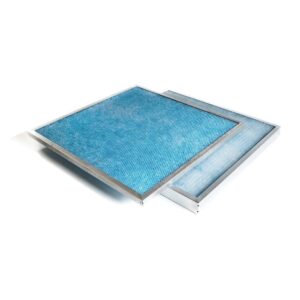
Activated Carbon Filters
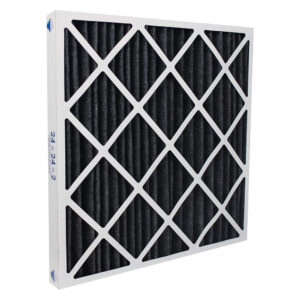
Description: Filters infused with activated carbon to reduce odors.
- MERV Rating: Varies, some are used with other filters
- Pros: Great for eliminating smells, in addition to trapping particles.
- Cons: Typically used in conjunction with other filters for optimal performance. Not cheap.
- Cost: $$ – $$$$
Washable Filters
Description: Reusable filters that can be cleaned and reinstalled.
- Pros: Cost-effective over time; eco-friendly.
- Cons: Require regular cleaning and may not be as effective as disposable options. Some require cutting to fit. Need to dry thoroughly before using again.
- Cost: $$ – $$$$
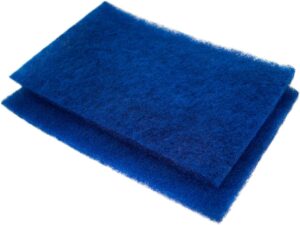
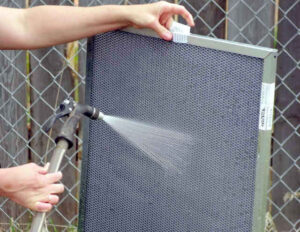
When selecting the best filter for your needs, you also need to take into consideration the following:
- Environmental variables include the region you live in as well as your surrounding environment such as living in a city or rural environment. For example I live off of a county road that is dirt, so we have a LOT of dust as well as pollen. When they mow the fields around us, it gets REALLY bad! During allergy season, I tend to go with a little higher rating.
- Personal preference can include someone that owns indoor pets versus someone who doesn’t, or someone who has severe allergies versus someone who doesn’t even catch a cold.
- It also depends on your budget and how often you want to change your filter.
- How often your HVAC system is running will also determine how often you need to change your filter.
- The thicker the filter, the longer they will last. Thinner ones (1 inch) you’ll have to change more often.
- At minimum, change the filter(s) every 30 to 90 days. During the summer I change ours every 30 days. Fall and winter every 60 days. Spring it all depends on how bad the pollen is.

